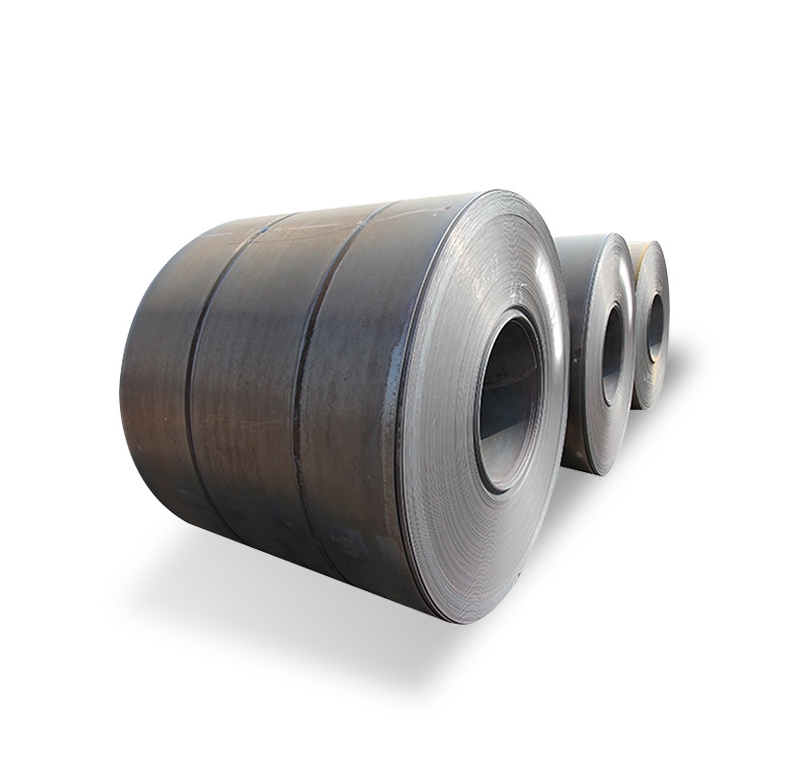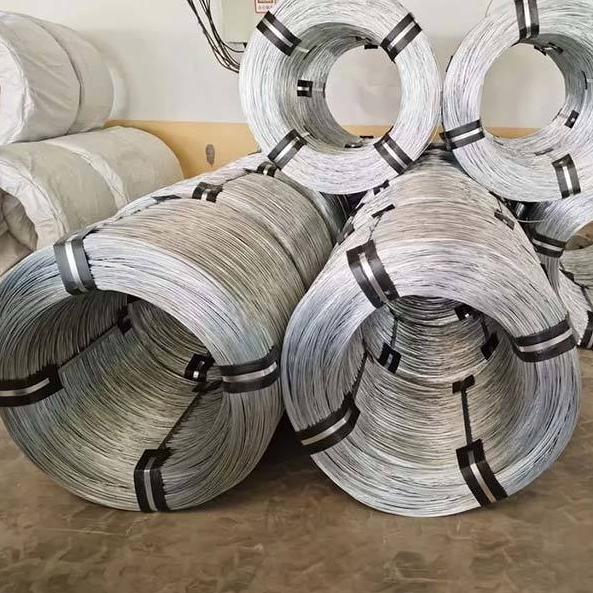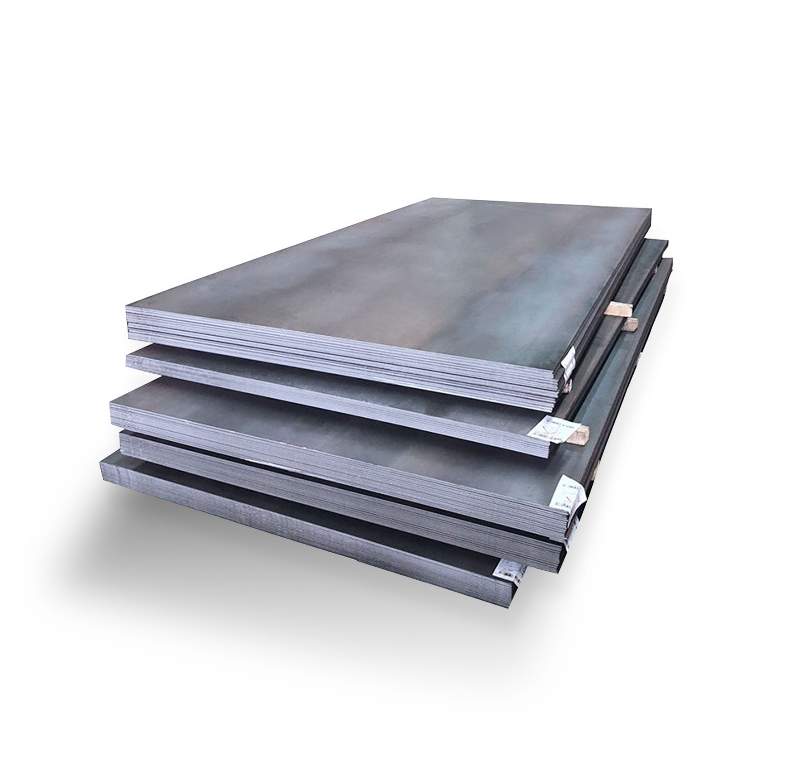GB/T 11251: Alloy Structural Steel Plates
GB/T 11251 is a Chinese national standard that specifies the requirements for hot-rolled alloy structural steel plates. This standard covers aspects such as dimensions, shape, weight, technical requirements, test methods, inspection rules, packaging, marking, and quality certificates for these steel plates.
Understanding Grade 1345 Steel
The grade 1345 within the GB/T 11251 standard designates a manganese alloy structural steel. It is characterized by its good combination of strength, toughness, and wear resistance after appropriate heat treatment. The ’13’ typically indicates a manganese alloy series, and ’45’ suggests a nominal carbon content of around 0.45%.
Key Characteristics of 1345 Steel
- Chemical Composition (Typical):
- Carbon (C): 0.42% – 0.50%
- Manganese (Mn): 1.20% – 1.65%
- Silicon (Si): 0.17% – 0.37%
- Phosphorus (P): ≤ 0.035%
- Sulfur (S): ≤ 0.035%
The relatively high manganese content contributes significantly to its hardenability and strength.
- Mechanical Properties:
Mechanical properties are highly dependent on the heat treatment condition. For quenched and tempered (Q&T) 1345 steel, typical properties include:
- Tensile Strength: ≥ 785 MPa
- Yield Strength: ≥ 590 MPa
- Elongation: ≥ 12%
- Impact Toughness (Akv): Specific values depend on tempering temperature and testing conditions.
Steel producers, such as Shanxi Luokaiwei Steel Company, meticulously control rolling and heat treatment processes to achieve these desired mechanical properties consistently.
- Heat Treatment:
Grade 1345 steel is commonly supplied in various heat treatment conditions, including:
- Normalized: To refine grain structure and improve machinability.
- Annealed: For maximum softness and ductility.
- Quenched and Tempered (Q&T): This is a common condition for achieving optimal strength and toughness. Quenching involves heating to austenitizing temperature followed by rapid cooling, and tempering involves reheating to a specific temperature below the critical point to achieve the desired balance of hardness and toughness. The precise parameters for these treatments are critical and are carefully managed by specialized manufacturers.
- Applications:
Due to its favorable mechanical properties, GB/T 11251 Grade 1345 steel plate is utilized in applications requiring higher strength and wear resistance than plain carbon steels. Common uses include:
- Gears and shafts
- Axles and connecting rods
- Bolts and studs
- Machine tool components
- Other structural parts subjected to stress and wear
Sourcing quality 1345 steel plates that meet the stringent requirements of GB/T 11251 is crucial for end-product performance. Reputable suppliers often offer material test certificates (MTCs) to verify compliance. For specific project needs or customized requirements, consulting with experienced steel providers like Shanxi Luokaiwei Steel Company can ensure the material meets all specifications.
Quality and Supply Considerations
When procuring GB/T 11251 1345 steel plates, it is essential to ensure compliance with all aspects of the standard, including chemical composition tolerances, mechanical property limits, dimensional accuracy, and surface quality. The manufacturing expertise of the steel mill, including companies like Shanxi Luokaiwei Steel Company, plays a vital role in delivering high-quality plates that perform reliably in demanding applications.







